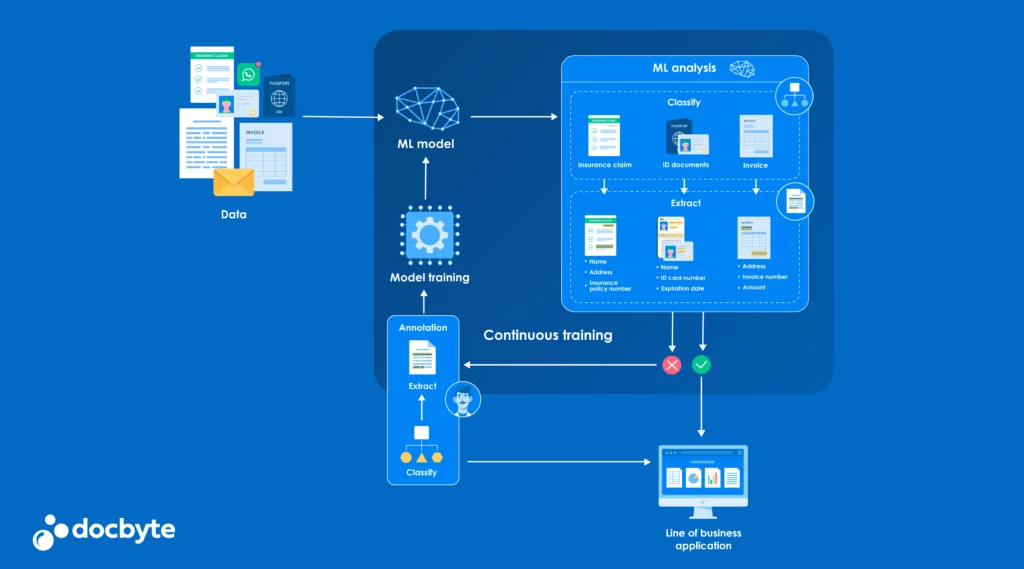In this article, we explore the need for a robust solution to preserve digital signatures. Not all digital signatures require the same level of attention, prompting us to clarify the distinctions among various types of digital signatures and what you need to ensure their validity.
What Is a Digital Signature?
In simple terms, a digital signature is the electronic counterpart of your handwritten signature. They are electronic signatures that use encrypted codes to verify the authenticity of a document. Its functionalities encompass user authentication, establishing the signatory’s identity, and ensuring the integrity of the information since signing.
Technically, a digital signature is a code crafted using a public-key infrastructure (PKI)—a two-key asymmetric cryptosystem designed to confer heightened information confidentiality and encryption. The private and public keys form the foundation of this secure data management.
The Importance of Digital Signatures
Validating the digital signature’s authenticity is equally important. Digital signatures must be verified to ensure that the intended signer created them and that the document has not been tampered with since the signature was applied. Digital signature validation can be accomplished using digital signature software tools and trusted third-party verification services.
There exist three primary types of digital signatures:
- Simple: Requires no identity verification from the signer (similar to what you encounter with delivery services).
- Advanced: Issued by certification authorities, demanding identity verification from the signer.
- Qualified Electronic Signatures (QeS): Ideal for high-risk environments where a security failure could have severe consequences. Note: In the European Union, the term used is Electronic Signature.
What do you need to verify a digital signature?
Companies use several methods to authenticate signers. One common method is to check the email address associated with the signer’s digital signature. This is done by sending a verification email to the signer’s email address and asking them to confirm their identity.
Another method is to require the signer to provide a government-issued ID or other forms of identification.
Some companies may also use more advanced methods such as biometric authentication (using facial recognition or fingerprints) or multi-factor authentication (requiring the signer to provide both a password and a code sent to their phone).
By using these more advanced methods, companies can provide an additional layer of security and protect themselves from fraud and forgery.
Legal and Compliance Requirements
In addition to the importance of authenticating signers for security reasons, there may also be legal and compliance requirements that companies must adhere to.
For example, in the EU, digital signatures must comply with the EU eIDAS regulation, which requires qualified electronic signatures to be verified using a secure digital certificate. This ensures that the signature is legally binding and admissible as evidence in court.
Choosing an eSignature Solution
If you’re considering using digital signatures in your business, choosing an eSignature solution that provides ample authentication options is essential. Look for a solution that offers multi-factor authentication, ID verification, and other advanced security features. Additionally, ensure the solution complies with your jurisdiction’s legal or compliance requirements.
Challenges in Validating and Preserving Digital Signatures
Governments, businesses, and individuals grapple with preserving various documents, including letters, transaction records, bills, and contracts, each with its stipulated retention period. These documents serve as critical evidence to establish rights and can be pivotal in resolving disputes.
However, preserving digital signatures and documents presents challenges in general. Due to rapid technological advancements, traditional storage techniques or standard Document Management Systems fail to ensure reliability beyond a decade.
Main Problems With Digital Signatures include:
- Time-Limited Verification:
- Basic digital signatures are valid only for the certificate’s limited lifespan, typically one or two years.
- Insufficient for business documents requiring verifiability over several years.
- Expired Digital Certificates:
- Once a signer’s digital certificate expires, the signed document cannot be validated and is deemed untrustworthy.
- Technological Progress:
- Digital signatures are technology-dependent, so they will always evolve rapidly. Failure to adapt risks rendering them obsolete.
- Verification Based on Signing Time:
- Verification should be rooted in when the document was signed, not the current time.
- The signature remains valid even if the certificate expires or is revoked during verification.







